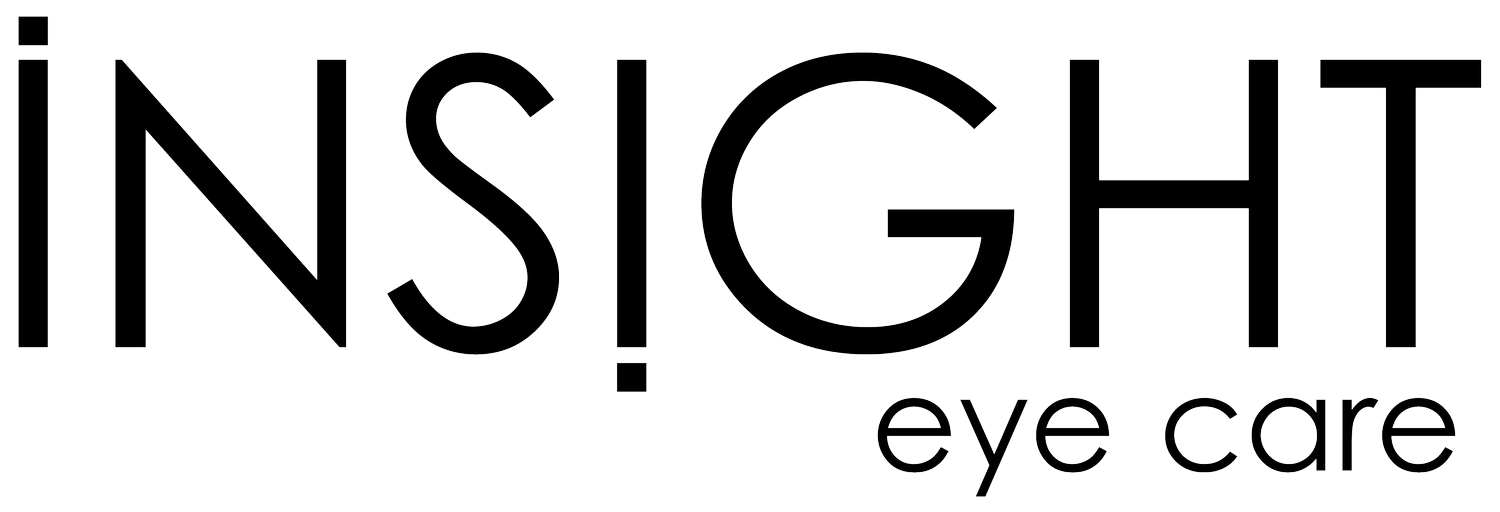Eyes Are The Windows To Your Heart
Dr. Cassandra Bendall H.B.Sc., O.D.
Lub-dub, lub-dub… that’s the sound your heart makes every time it pumps roughly 5 liters of blood around the body. Lub-dub, lub-dub… that’s the sound of life!
The cardiovascular system includes the heart, the blood, and an amazing, intricate network of blood vessels that snake throughout the body.¹ It is responsible for transporting and exchanging nutrients, oxygen, waste products, and hormones.¹ It is involved in body temperature maintenance and pH balance. Lastly, it is integral in our defense against infection and blood loss.¹
It is difficult to truly appreciate the importance of this life-sustaining organ because well… we can’t see it! But did you know the eye is the only place in the body where doctors can actually look at a patient’s blood vessels without special imaging technology?² This gives optometrists and ophthalmologists the ability to detect subtle changes in cardiovascular health!
Quick Anatomy
Let’s start with the heart - it is a large muscle within the chest that contracts and relaxes to pump blood around the body.³ It is connected to every muscle fiber, every organ, by blood vessels.³ The major blood vessels important to ocular blood flow are the common carotid arteries, which are found on either side of the neck.³ These arteries split into two, creating the external and internal carotid arteries.³ The internal carotid further splits to supply the brain and the eye via an artery known as the ophthalmic artery.⁴ This artery supplies the eye muscles, as well as the structures within the eye via a vessel known as the central retinal artery.⁴ This vessel enters into the back of the eye, supplying the all important retina and optic nerve.⁴ The central retinal artery, along with its counterpart, the central retinal veins, are the vessels that can be viewed by optometrist and ophthalmologists.
Heart-Health Basics
Maintaining a healthy cardiovascular system is imperative to lower heart disease risk and is essential for overall well-being. It involves implementing a balanced approach to diet, exercise, stress management, and for some, guilty pleasures like smoking and alcohol consumption.⁵ Choose snacks and meals that are high in fiber, antioxidants, and unsaturated fats.⁶ Foods like berries, leafy greens, oats, brown rice, and lean meat like skinless chicken, all contain vitamins and minerals that help keep blood pressure, blood sugar and cholesterol levels in check.⁶
Regular physical exercise strengthens your heart muscle improving its ability to pump blood throughout the body. It also works hand-in-hand with a healthy diet to maintain healthy blood pressure, blood sugar, and cholesterol levels.⁵ ⁶ On the other hand, long-term stress increases inflammation throughout the body, increasing blood pressure and lowering HDL “good” cholesterol. This makes it imperative to create a personalized stress management plan.⁷ Finally, excessive alcohol consumption and cigarette smoking can damage blood vessels, reduce blood oxygen levels, and elevate blood pressure, all contributing to an increased risk for heart disease.⁵
Eyes are the Windows!
Through routine eye examinations optometrists and ophthalmologists can view the delicate vascular network inside the eye and see early warning signs of not only vision threatening but life-threatening conditions. For example, in some cases an optometrist can see signs of diseases like diabetes in the eye even before a patient is aware they have the condition!
Signs of diabetes and hypertension:
(a) Black arrow - artery narrowing
(b) White arrow - ateriovenous nicking (vein being compressed by an artery)
(c) Blue arrow - microaneurysm (small blood vessel bulge), Yellow arrows - hemorrhages
(d) Red arrow - cotton wool spot (areas of reduced blood flow)
Sign of carotid occlusive disease and cardiac valve disease:
Circle - cholesterol plaque clogging artery and preventing blood flow to a section of the retina
Where To Start
Begin by visiting your family doctor for blood work and a blood pressure assessment to determine what lifestyle changes or pharmaceutical interventions are most suitable. Routinely visit your optometrist to ensure small issues are caught early before they can turn into big full body health concerns.
It’s all about taking proactive steps in order to maintain good heart and eye health for a better future.
-
-
1. Smith, D. L., & Fernhall, B. (2023). Essentials of the cardiovascular system. The heart as a pump In Advanced cardiovascular exercise physiology (2 ed., pp. 13-31). Human Kinetics.
2. Flammer, J., Konieczka, K., Bruno, R. M., Virdis, A., Flammer, A. J., & Taddei, S. (2013). The eye and the heart. European Heart Journal, 34(17), 1270–1278. https://doi.org/10.1093/eurheartj/eht023
3. Tortora, J., & Derrickson, B. (n.d.). The Cardiovascular System: Blood Vessels and Hemodynamics. In Principles of Anatomy and Physiology (6 ed., pp. 624–624). Harper Collins Publishers.
4. Ehrlich,R., Harris, A., Wentz, S.M., Moore, A.N., & Siesky, B.A. (2017). Anatomy and Regulation of the Optic Nerve Blood Flow. Reference Module in Neuroscience and Biobehavioral Psychology. Elsevier. 10.1016/b978-0-12-809324-5.01301-8
5. Prevent heart disease. (2023, March 2023). Centers for Disease Control and Prevention. Retrieved April 21, 2024, from https://www.cdc.gov/heartdisease/prevention.htm
6. Restivo, J., & Fung, T. (2023, November 9). Heart healthy foods: What to eat and what to avoid. Harvard Health Publishing. https://www.health.harvard.edu/heart-health/heart-healthy-foods-what-to-eat-and-what-to-avoid
7. Steptoe, A., Kivimäki, M. (2012). Stress and cardiovascular disease. Nature Reviews Cardiology, 9, 360–370. https://doi.org/10.1038/nrcardio.2012.45
8. Mukamal, K.J. (2006). The effects of smoking and drinking on cardiovascular disease and risk factors. Alcohol Research and Health, 29(3), 199–202. Retrieved April 21 2024, from https://www.ncbi.nlm.nih.gov/pmc/articles/PMC6527044/





